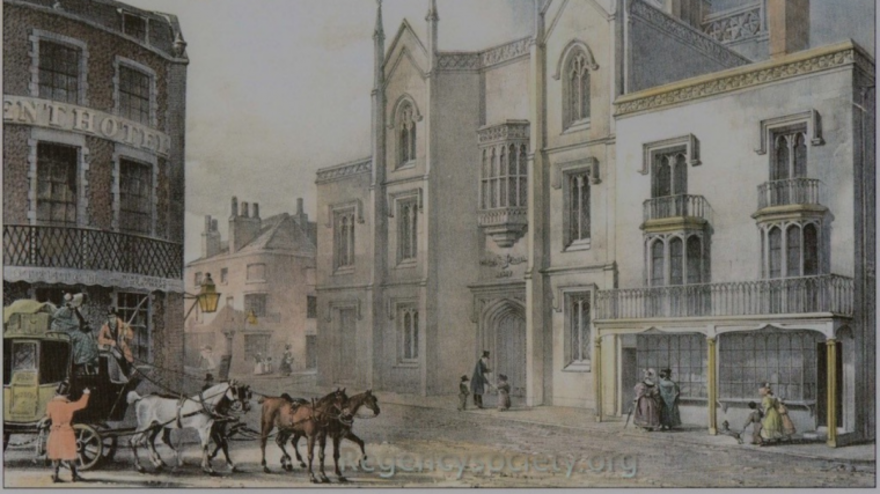
The Market Garden History of the North Laine
It’s hard to believe that the bustling North Laine area of Brighton city centre was once used as a vital area for growing food. To celebrate this year’s Heritage Open Day theme of Edible England, our heritage volunteers discovered more about the city’s culinary past.
From 1780, the most fashionable housing development in Brighton was along the cliff tops towards Rottingdean and the roads to London and Lewes away from the overcrowded areas between the Old Steine, West Street, North Street and the seafront. Although the Old Town had many walled orchards and market gardens that sold fruit, vegetables and salad direct to local residents, there were insufficient supplies to accommodate the influx of visitors coming to the city. The North Laine (one of the five large arable fields surrounding the town) was earmarked to provide sustenance. It was divided into furlongs running north to south, separated by wide paths called leakways, which ran east to west and are better known now as Church Street, Gloucester Road, Trafalgar Street and Cheapside. The furlongs were divided into strips of land for cultivation called paul pieces and owned in units called yardlands.
Illustrated map of Brighton 1851, credit: Royal Pavilion & Museums, Brighton & Hove, Digital Media Bank.
Church Street is the oldest street in the North Laine. It began as a medieval track to the rear of the market gardens, stretching to St Nicholas Church, and was formerly known as North Backside, then Spring Walk until it was given its present name in 1790. It later ran alongside the Royal Pavilion Gardens and eventually spread to the royal stables and riding house, now known as Brighton Dome Concert Hall and the Corn Exchange.
Beside the market gardens, the North Laine became home to workshops, foundries and blacksmiths which kept the wheels turning for the increasing visits by the gentry and well-heeled residents. As a result, the residential development of the North Laine became a necessity to house more workers and between 1745 and 1799 small compact terraces were built in-between Church Street and North Street. These included Bond Street, King Street (many Brightonians may remember the small cobble fronted houses that were destroyed to build a multi-storey carpark), Prince’s Place, Jew Street, Portland Street and Windsor Street.
Many street names between the first and third leakways (Church Street and Trafalgar Street) reflect the nature of what the area had previously been used for, such as Spring Street, Bread Street, Kensington Gardens, Queen’s Gardens and Vine Street.
The name of the last leakway, Cheapside, remains a mystery. Cheapside is derived from Chepe, an Anglo-Saxon word for market, but there is no mention of a market ever having been there. Although Market Street in the Old Town was a long way from here, could a market have served the citizens of the North Laine? Perhaps it was a forerunner to the present Open Market between London Road and the Level.
If anyone can help with local knowledge of the area please contact our heritage team: [javascript protected email address]
Written by heritage volunteer Deborah Parr.
Discover more heritage stories and find out more about our future.
